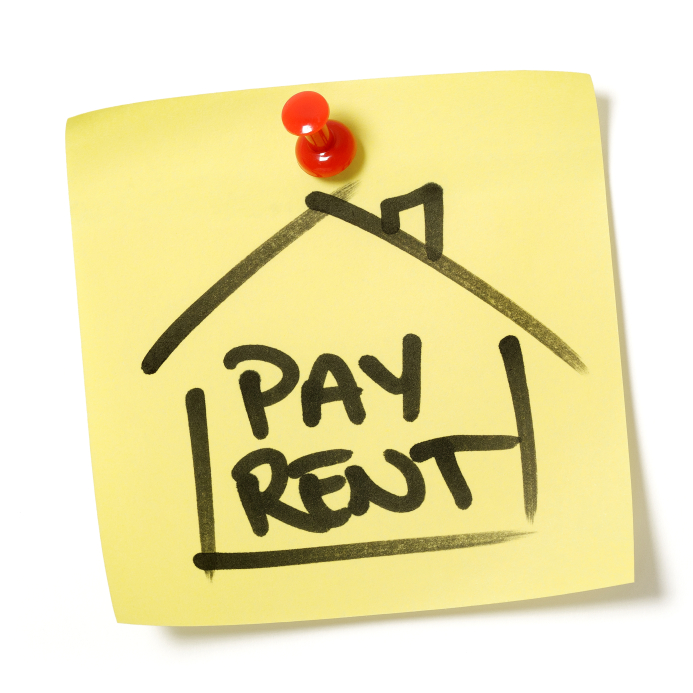The population of the United States is rapidly growing older. According to the US Census Bureau, the number of older Americans is projected to more than double from 2010 to 2050. And by 2030, Americans 65 and older are estimated to represent over 20% of the total population. Technological advances and modern medicines are contributing to a greater number of seniors each year.
Question: Is the country prepared to meet the housing needs of this growing demographic?
 According to the US Census Bureau, as of July 2022, there were approximately 144 million housing units in the US and of those housing units almost two thirds are owner occupied. Seniors living in lower income households cannot find the means to adequately update their homes to meet their needs as they age. Aging in place is becoming more of a challenge for this demographic group due to high home maintenance cost, interest rates, and a reduced income as seniors rely on social security and/or part-time work.
According to the US Census Bureau, as of July 2022, there were approximately 144 million housing units in the US and of those housing units almost two thirds are owner occupied. Seniors living in lower income households cannot find the means to adequately update their homes to meet their needs as they age. Aging in place is becoming more of a challenge for this demographic group due to high home maintenance cost, interest rates, and a reduced income as seniors rely on social security and/or part-time work.
Several state governments are paying attention and trying to make it easier to age in place. The Institute for Taxation and Economic Policy (ITEP) provides a list of states that offer lowered property tax options, renter’s aid and reverse mortgages through HUD’s Home Equity Conversion Mortgage (HECM) program. For example, Iowa’s legislature recently passed bill SF 619 for the Elderly and Disabled Homeowners. The bill allows income qualified seniors to exempt $3,250 of taxable value of their primary residence for the 2023 tax year and $6,500 for the 2024 tax year. Similarly, Connecticut’s state law offers an income-based property tax credit up to $1,000 for single homeowners.
Without more awareness and action to proactively push funding through legislation for affordable senior housing, the “I’ll think about that someday when I get a little older” will be tomorrow and our nation may not be ready.

 This boom also resulted in a decrease in demand for traditional office space. Many employers still see the value of having a physical office space for collaboration and face-to-face interaction. Companies like Citigroup, Disney, and Goldman Sachs have slowly required a return to the physical office, however, in most cases that mandate comes with flexibility, e.g., return to the office two to three days a week. Experts anticipate that there will likely be a rebound in demand for office space, though not to pre-pandemic levels.
This boom also resulted in a decrease in demand for traditional office space. Many employers still see the value of having a physical office space for collaboration and face-to-face interaction. Companies like Citigroup, Disney, and Goldman Sachs have slowly required a return to the physical office, however, in most cases that mandate comes with flexibility, e.g., return to the office two to three days a week. Experts anticipate that there will likely be a rebound in demand for office space, though not to pre-pandemic levels. The Center for Disease Control and Prevention (CDC) extended the federal moratorium on rental evictions due to a tenant’s failure to pay rent through June 30, 2021. This decision is both good and bad.
The Center for Disease Control and Prevention (CDC) extended the federal moratorium on rental evictions due to a tenant’s failure to pay rent through June 30, 2021. This decision is both good and bad.
